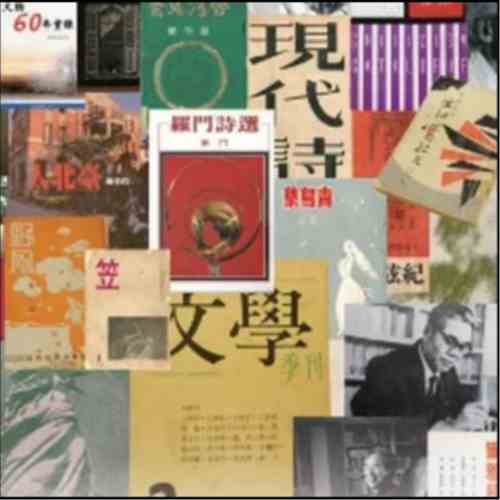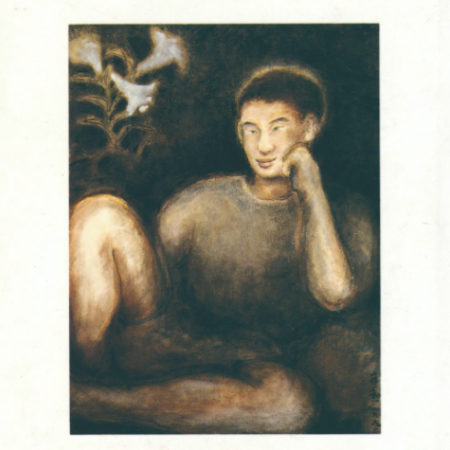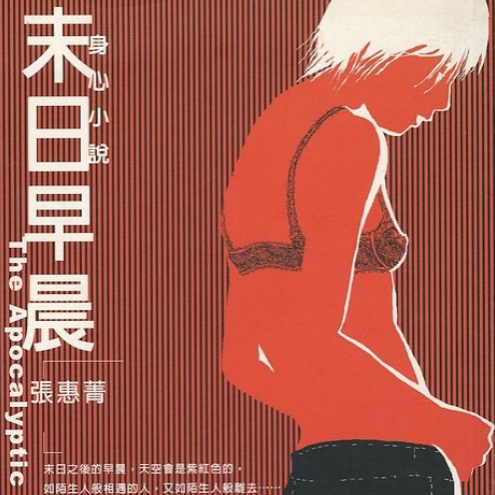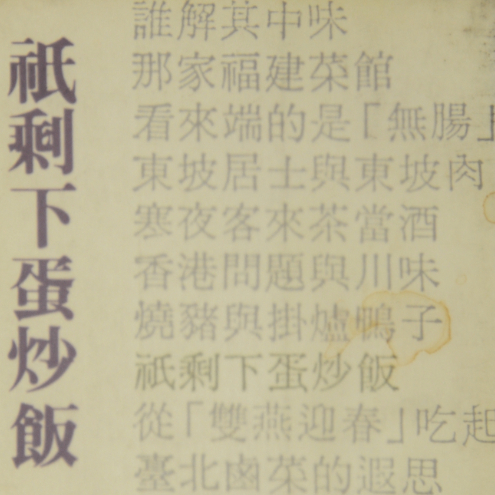The booming of the Internet in the past dozen years has changed the traditional mode of writing, publishing, reading, and transmission, which brings a new wave of literary revolution, and Internet Literature can be said to be an innovative force of the Internet era, because on the Internet, anyone can be a writer.
Starting from BBS, the arena for publishing literature have changed due to the technological progresses. This was the first stage that writers could post their novels or poetry on web pages, which features simple Internet system and could write only with the elements of symbols, text, blank key, and blinking, but netizens are able to respond with a reply, postpushing (bump), or re-posting. Followed by the rising of Tomorrow Times (明日報), the Internet newspaper gathered crowds of authors, becoming an unmistakable trend, where poets and writers allied, for example, a group called “We’re Alliance of Poetic Sprites Front” set up a website consisting of dozens of poet members. Tomorrow Times also organized activities voting for the Top 100 Websites. This was the second stage that appeared the prototypes of publishing on the Internet and establishing personal literary galleries, and Message Boards became the corner for the literary friends to exchange information.
.jpg)
The First Intimate Encounter” had been published and serialized in Tomorrow Times. (Web screen grab)
When “Web 2.0” arrived, blog, Plurk, Facebook, and other microblogs came in, which have dramatically increased the interaction, communication, and sharing activities that have made text page view and transmission even quicker, writers almost all have their own blogs, and government has begun to sponsor the events of for awarding prizes for literary blogging. Consequently, The Almanac of Taiwan Literature (臺灣文學年鑑) has established a function of the Digital Literature Observations since 2005. This was the third stage, and the digital literature or Internet literature has been included in the categories of academic discourse and literary award. The birth of this new medium has re-established the power structure of authoring and publishing, since there is no gatekeeper of editing in between. The convenience of the Internet provides opportunities to nurture cyber-authors and even arouses waves of such popular sentiments. For example, Riffraff Tsai Tsai Chih-heng(Cai Zhiheng, network ID jht) wrote and published his early work “The First Intimate Encounter (第一次的親密接觸)” on the BBS of National Cheng Kung University, and its popularity has been building up since after being forwarded many times and even spread to Chinese Mainland. The novel's simplified Chinese edition was published in 1999. Giddens Ko is also one of the representative personages of the Internet literature. His works include Kung Fu (功夫); You Are the Apple of My Eye (那些年,我們一起追的女孩); and Apartments for Rent (樓下的房客), among others.
However, the literature created on the Internet has eventually met the readers again by publishing it in a traditional print form or adapted into productions for film, television, or theatre. Through the virtual space of the Internet, Net literature has disseminated and utilized without a border, in addition to being permanently archived.
.jpg)
The First Intimate Encounter published in print.

.jpg)
.jpg)









